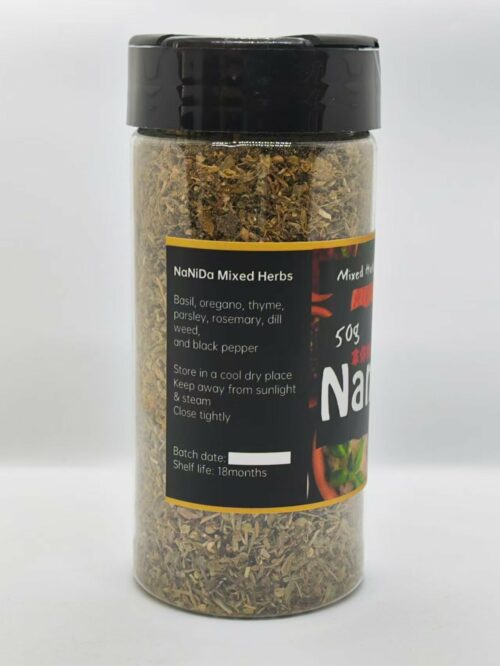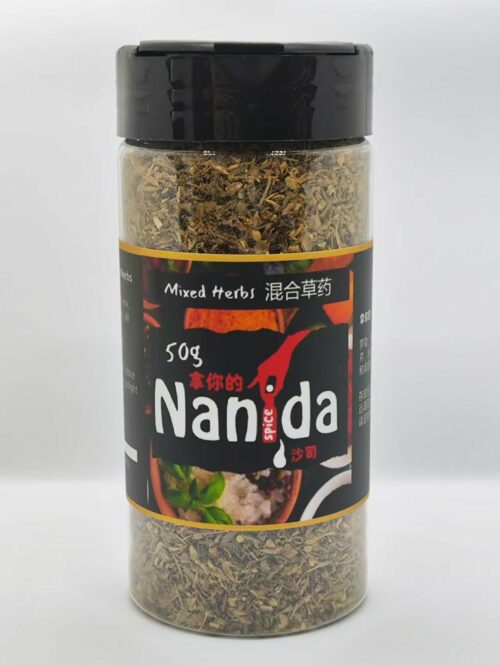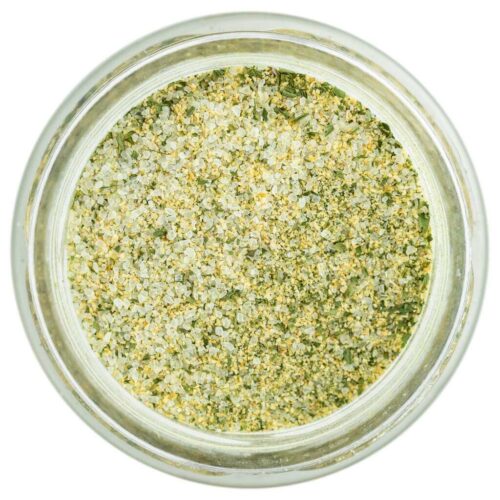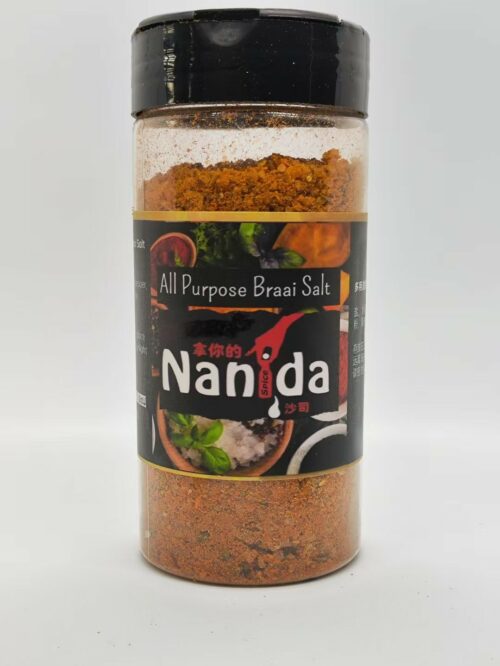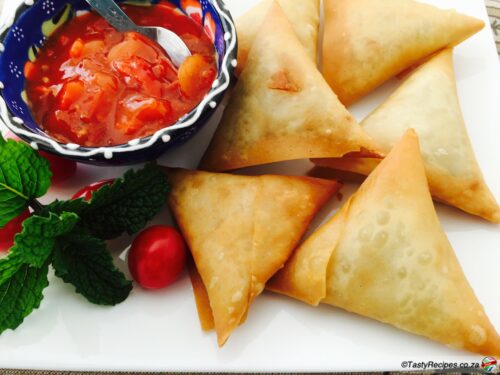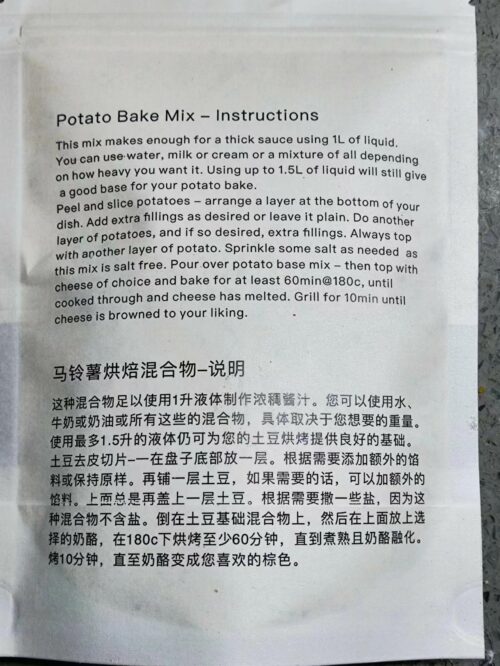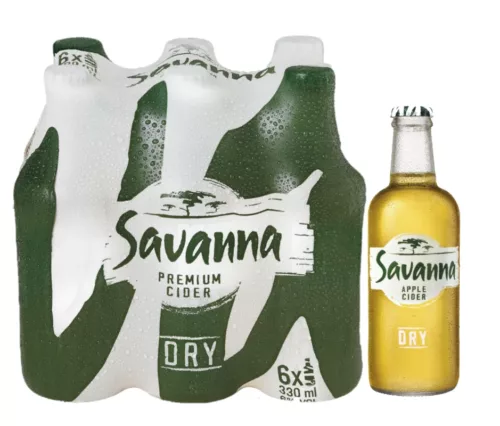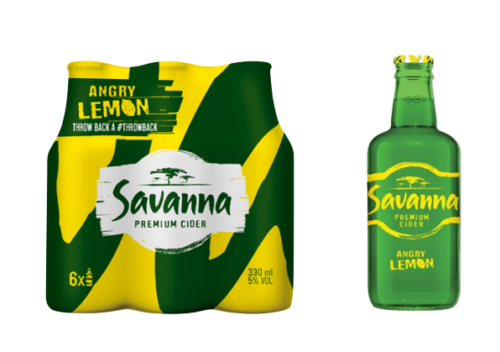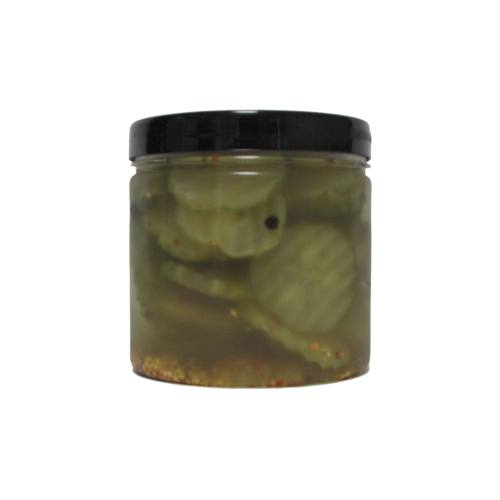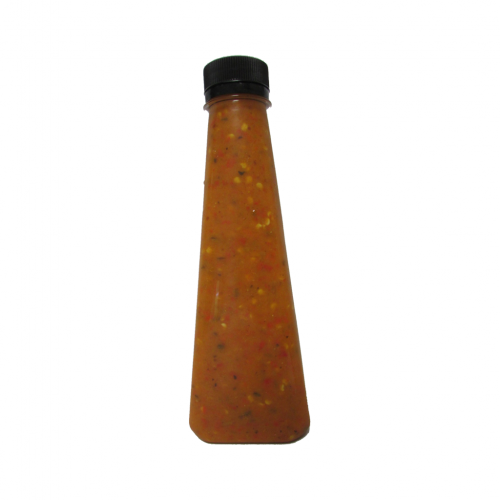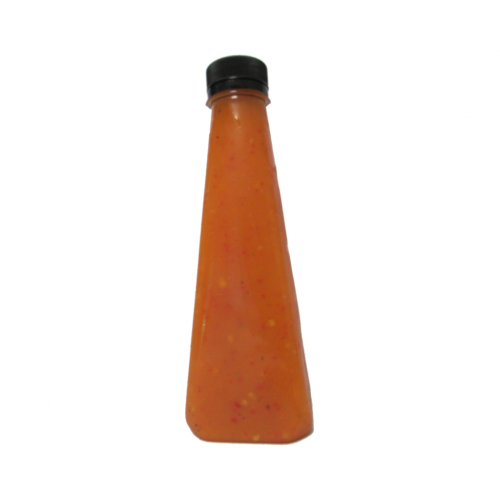-
Out of stock
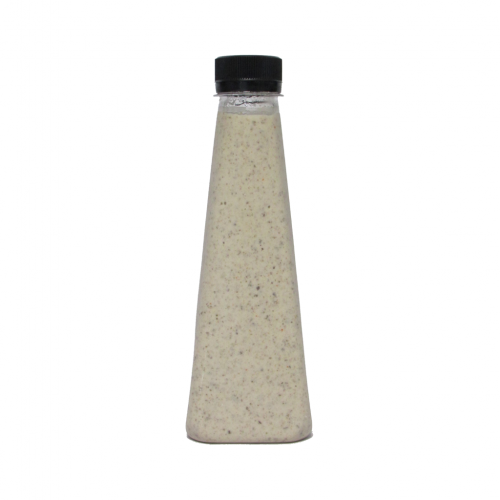
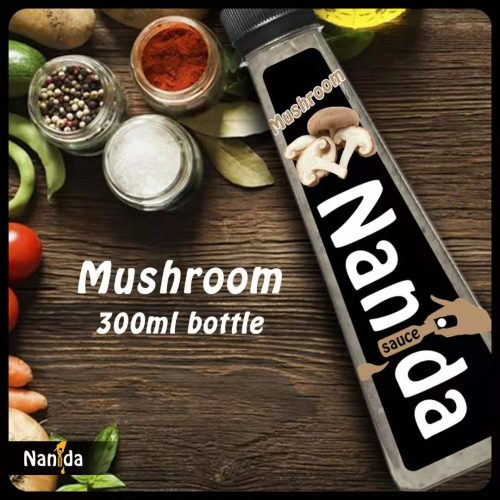 Mushroom sauces have been cooked for hundreds of years. An 1864 cookbook includes two recipes, one sauce tournee and one a brown gravy. United States President Dwight D. Eisenhower, a well-known steak lover, was reportedly quite fond of mushroom sauce. What makes this sauce our own is that it’s also a non-dairy sauce. True to our heritage, all sauces are prepared with care and can be used hot or cold.
Mushroom sauces have been cooked for hundreds of years. An 1864 cookbook includes two recipes, one sauce tournee and one a brown gravy. United States President Dwight D. Eisenhower, a well-known steak lover, was reportedly quite fond of mushroom sauce. What makes this sauce our own is that it’s also a non-dairy sauce. True to our heritage, all sauces are prepared with care and can be used hot or cold. -
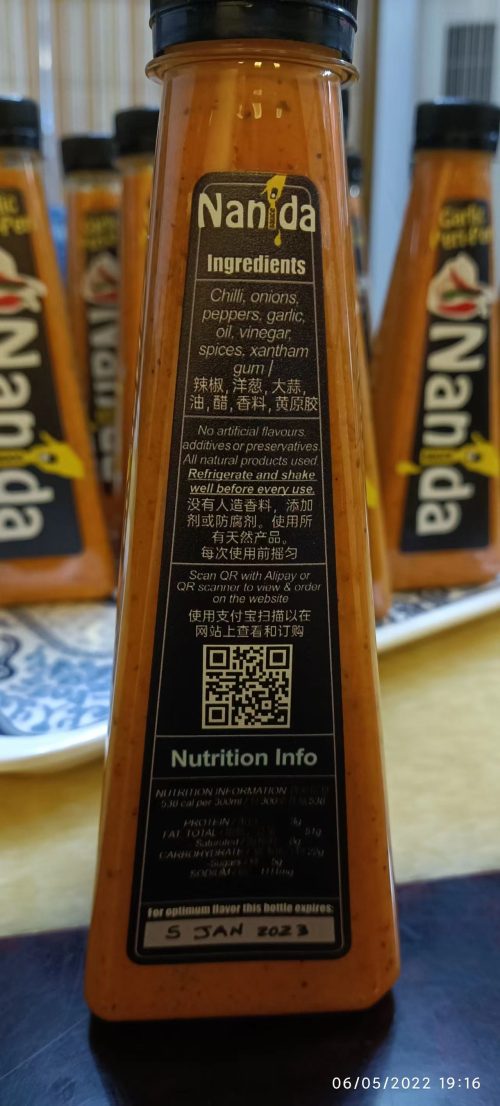
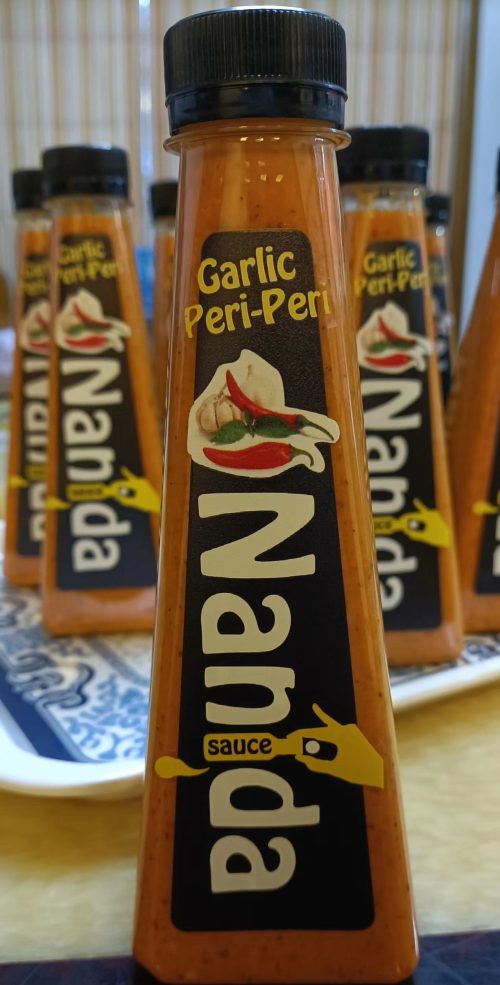 If you love having garlic for company, Garlic PERi-PERi, with loads of tang and a bit of a bite, is the one for you! 如果您喜欢将大蒜作为公司,那么大蒜PERi-PERi,带有大量的汤和一点点咬合力,就是适合您的!
If you love having garlic for company, Garlic PERi-PERi, with loads of tang and a bit of a bite, is the one for you! 如果您喜欢将大蒜作为公司,那么大蒜PERi-PERi,带有大量的汤和一点点咬合力,就是适合您的!- Garlic PERi-PERi sauce is a non-GMO and gluten-free hot sauce suitable for vegetarians, made with no added MSG, no artificial preservatives, colours, or flavours. 大蒜PERi-PERi酱是一种非转基因和无麸质辣酱,适合素食者,不添加味精,不含人造防腐剂,颜色或香料.
- Every NaNiDa Garlic PERi-PERi sauce, basting or marinade contains chillies that are grown in China promoting sustainability and supporting micro-economies. 每一种拿你的大蒜PERi-PERi酱汁,巴什或腌泡汁都含有在中国种植的辣椒,以促进可持续性并支持微观经济
-
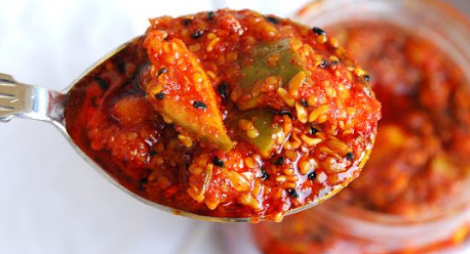
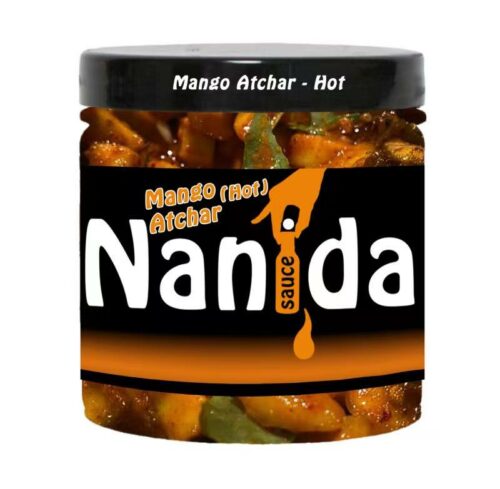 Atchar is a spicy condiment, often eaten with a curry. It comes from the Indian cuisine in South Africa. In India, it is spelled Achar, and the word means pickle in Hindi. Usually the atchar made in South Africa is made with unripe green mangoes and chillies. The whole mango is used for making atchar. This traditional mango atchar is easily made at home. Adjust the amount of chillies to your liking and serve with a vegetable curry, or on a slice of white bread.
Atchar is a spicy condiment, often eaten with a curry. It comes from the Indian cuisine in South Africa. In India, it is spelled Achar, and the word means pickle in Hindi. Usually the atchar made in South Africa is made with unripe green mangoes and chillies. The whole mango is used for making atchar. This traditional mango atchar is easily made at home. Adjust the amount of chillies to your liking and serve with a vegetable curry, or on a slice of white bread. -
Out of stock
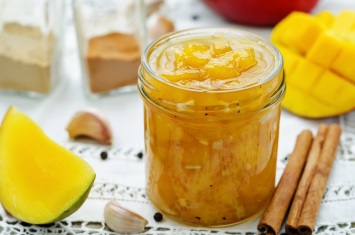 Mango-Orange Chutney, is a combination of East Indian spices and the caramelization of apple, oranges, mango and onion. The end result, a side condiment that pops in flavor and texture, and awakens you with its vibrant and beautiful colours. It hosts brilliant flavor with a spice twist that will brighten up any protein that it is paired with including vegan alternatives. Give it a try!
Mango-Orange Chutney, is a combination of East Indian spices and the caramelization of apple, oranges, mango and onion. The end result, a side condiment that pops in flavor and texture, and awakens you with its vibrant and beautiful colours. It hosts brilliant flavor with a spice twist that will brighten up any protein that it is paired with including vegan alternatives. Give it a try! -


Ingredients
Water, Sunflower Seed Oil (18%), Sugar, Egg Yolks, Vinegar, Thickener (Modified Corn Starch), Salt, Spices (Cayenne Pepper, Paprika, African Bird's Eye Chilli, Mustard, White and Black Pepper), Hot Peri-Peri Sauce (Water, Vinegar, Lemon, Onion, Salt, Spices, Green Chilli, Sunflower Seed Oil, Garlic, Stabilisers (Xanthan gum, Propylene Glycol Alginate), Antioxidants [Ascorbic Acid, Rosemary Extract]), Stabiliser (Xanthan Gum), Preservative (Potassium Sorbate), Antioxidant (Calcium Disodium EDTA) -

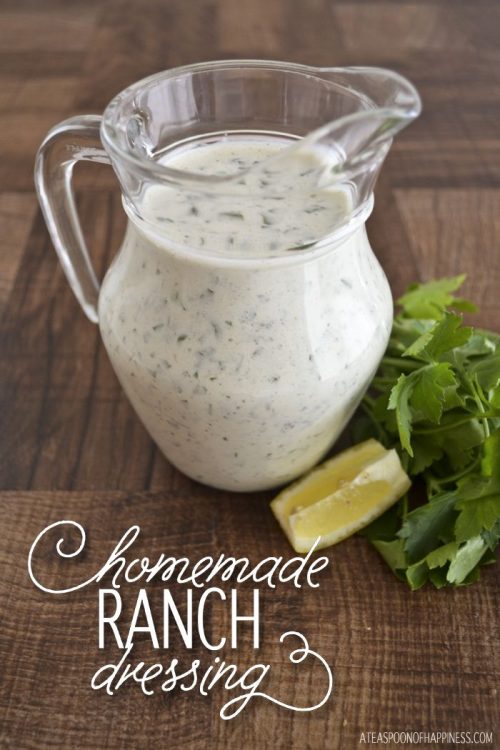 Pastoral salad dressing, also called ranch salad dressing or country salad dressing, is an American salad dressing, usually made from buttermilk, salt, garlic, onion, mustard, herbs and spices mixed with mayonnaise. Sometimes sour cream and yogurt are used to replace buttermilk and mayonnaise in the ingredients. Since it surpassed Italian salad dressing in 1992, Pastoral Salad Dressing has been the best-selling salad dressing in the United States. In the United States, it is also often used as a dipping sauce and seasoning for potato chips and other foods.
Pastoral salad dressing, also called ranch salad dressing or country salad dressing, is an American salad dressing, usually made from buttermilk, salt, garlic, onion, mustard, herbs and spices mixed with mayonnaise. Sometimes sour cream and yogurt are used to replace buttermilk and mayonnaise in the ingredients. Since it surpassed Italian salad dressing in 1992, Pastoral Salad Dressing has been the best-selling salad dressing in the United States. In the United States, it is also often used as a dipping sauce and seasoning for potato chips and other foods. -
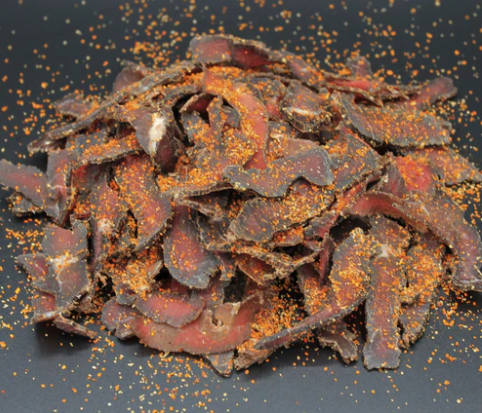 Biltong chili bites, AKA peri-peri biltong stokkies (sticks), are great to have around for quick snacks and they are often consumed at sporting events in South Africa since they are so tasty and convenient.
Biltong chili bites, AKA peri-peri biltong stokkies (sticks), are great to have around for quick snacks and they are often consumed at sporting events in South Africa since they are so tasty and convenient. -
Out of stock
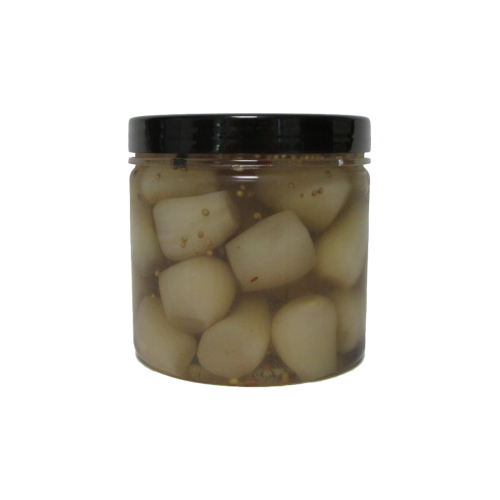
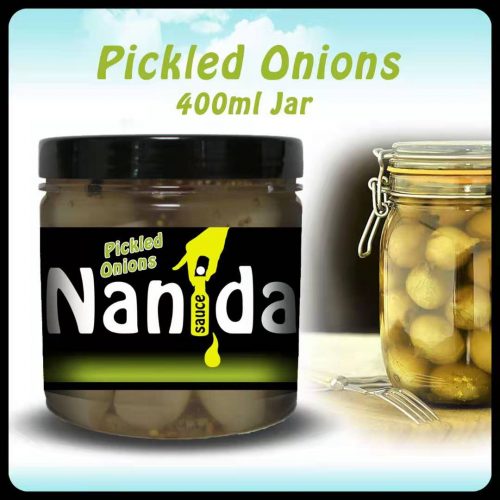 Crispy and crunchy onions pickled and preserved in a selection of brines namely White and Brown spirit vinegar, Black and White Balsamic Vinegar. These onions can be used in salads, as a sandwich filler or simply on their own as an accompaniment to cold meats, “Braaivleis” or as an addition to a summer evening food platter. Pickled Onions in the 375ml jar have a tangy taste that makes them instant favourites! The cocktail onions are a hit any time of the year, whether you serve them at dinnertime with fish and chips or pair them with crackers as an appetizer for unexpected guests.
Crispy and crunchy onions pickled and preserved in a selection of brines namely White and Brown spirit vinegar, Black and White Balsamic Vinegar. These onions can be used in salads, as a sandwich filler or simply on their own as an accompaniment to cold meats, “Braaivleis” or as an addition to a summer evening food platter. Pickled Onions in the 375ml jar have a tangy taste that makes them instant favourites! The cocktail onions are a hit any time of the year, whether you serve them at dinnertime with fish and chips or pair them with crackers as an appetizer for unexpected guests. -
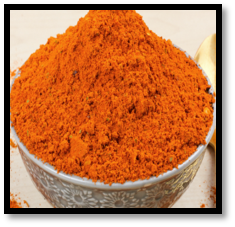
 Chili Peppers (Capsaicin) The countless varieties of hot peppers we have today began as one small shrub (Capsicum annum), native to tropical regions of the Americas. The chemical capsaicin is what makes a pepper hot. And it’s capsaicin that’s been shown to have an anti-inflammatory effect in your body. Any type of chili pepper, such as cayenne or jalapeno, contains capsaicin. You can use chili peppers fresh or powdered in a wide variety of dishes, including desserts. Supplements containing capsaicin are often mixed with other herbs to create natural anti-inflammatory blends.
Chili Peppers (Capsaicin) The countless varieties of hot peppers we have today began as one small shrub (Capsicum annum), native to tropical regions of the Americas. The chemical capsaicin is what makes a pepper hot. And it’s capsaicin that’s been shown to have an anti-inflammatory effect in your body. Any type of chili pepper, such as cayenne or jalapeno, contains capsaicin. You can use chili peppers fresh or powdered in a wide variety of dishes, including desserts. Supplements containing capsaicin are often mixed with other herbs to create natural anti-inflammatory blends. -

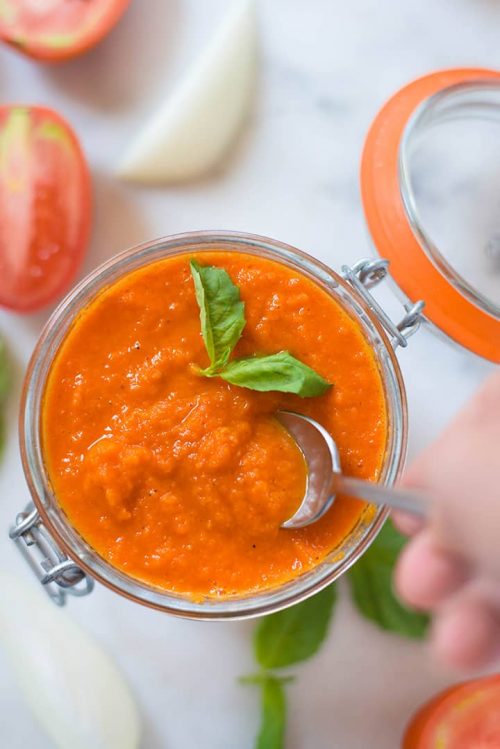 This hearty meat sauce can be served as-is over pasta, blended with par-cooked pasta and baked with a cheesy topping, or used as the meat layer in a lasagna. The sauce should be steaming but not boiling. Really you do not need to cook the sauce. The sauce just needs to be warm like the noodles. Otherwise it could be eaten cold.
This hearty meat sauce can be served as-is over pasta, blended with par-cooked pasta and baked with a cheesy topping, or used as the meat layer in a lasagna. The sauce should be steaming but not boiling. Really you do not need to cook the sauce. The sauce just needs to be warm like the noodles. Otherwise it could be eaten cold. -
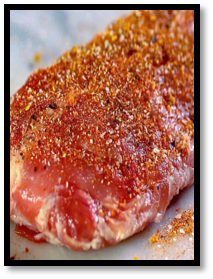

Benefits of Thyme
— Thyme is a very flexible herb that we use almost daily in our kitchens. It’s been shown to be antiaging and good for the heart, colds, colitis, bacterial infections, and ulcers. Black Pepper This unassuming spice actually packs an anti-inflammatory punch. The distinctive flavor of black pepper comes from the chemical piperine. Even at low doses, piperine has been shown to reduce inflammation. It can inhibit the spread of cancer and has been shown to suppress the perception of pain and arthritis symptoms. -
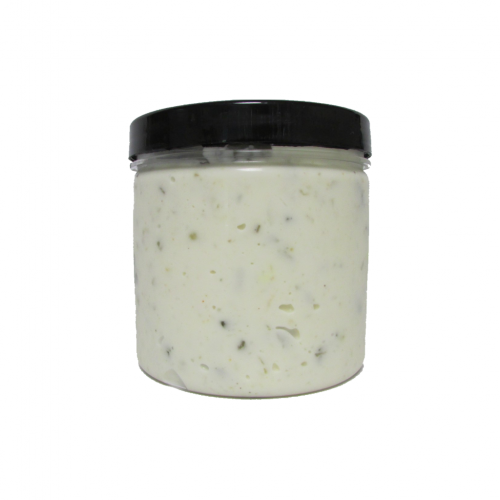
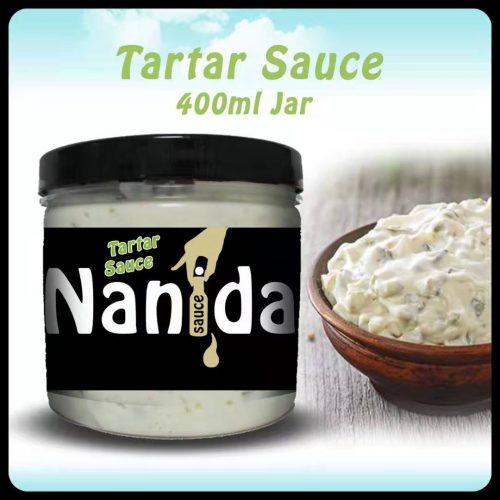 Tartar sauce (French: sauce tartare; also spelled Tartare sauce in the UK, New Zealand, Australia, South Africa, and other parts of the Commonwealth) is a condiment made of mayonnaise, chopped pickles, capers and herbs such as tarragon and dill. Tartar sauce can also be enhanced with the addition of gherkins, other varieties of pickles, and lemon juice as well as herbs such as parsley. It is most often used as a condiment with seafood dishes such as fish and chips, clam strips, fried oysters, fish sandwiches, and fish fingers, among many other dishes.
Tartar sauce (French: sauce tartare; also spelled Tartare sauce in the UK, New Zealand, Australia, South Africa, and other parts of the Commonwealth) is a condiment made of mayonnaise, chopped pickles, capers and herbs such as tarragon and dill. Tartar sauce can also be enhanced with the addition of gherkins, other varieties of pickles, and lemon juice as well as herbs such as parsley. It is most often used as a condiment with seafood dishes such as fish and chips, clam strips, fried oysters, fish sandwiches, and fish fingers, among many other dishes. -
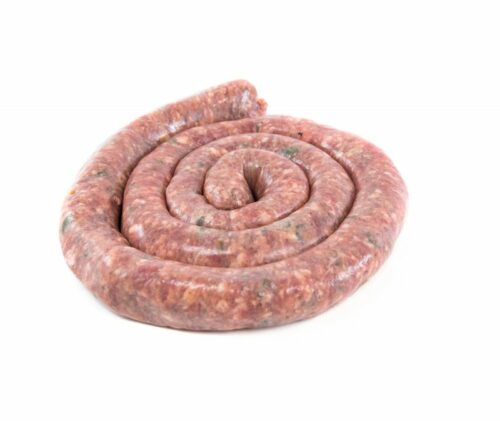 Every seventeenth-century cook at the Cape had a favourite recipe for boerewors (farmer’s sausage). During the twentieth century, many cooks began following recipes that predominantly used coriander and cloves seasoning. A possible reason for this preference might have been the Afrikaans cookbooks by Dijkman and D.J.H., which contain recipes with these spices as ingredients. It is a popular myth that boerewors was always made from a mixture of pork and other meats. Before the twentieth century when there were no fridges, boerewors prepared in summer consisted mainly of mutton and sheep’s tail fat and in winter it was made from pork and bacon. It boggles the mind that people made sausage at all without the luxury of mincing machines. The sausage meat had to be cut into very small pieces and mixed with the spices the night before. The following morning, when it was still cold, the fat or bacon was cut into cubes while the meat was finely minced with a large pestle. Then the meat and fat or bacon were mixed with vinegar and left for a while in order to absorb the spices before cleaned intestines were filled with meat. It was a huge job to scrap the intestines clean. If the one doing the scraping was clumsy, the intestines ended up with lots of holes, making them useless as sausage casings. Filling the intestines also had to be done by hand. The cheapest piece of filling equipment over which the intestines could be pulled and filled with meat stuffing was the horn of an animal. The sharp end of the horn was cut off and the horn hollowed out, rubbed and polished until smooth before it was used as a filling mechanism. After the intestines were filled, the boerewors had to be placed in brine to preserve it.
Every seventeenth-century cook at the Cape had a favourite recipe for boerewors (farmer’s sausage). During the twentieth century, many cooks began following recipes that predominantly used coriander and cloves seasoning. A possible reason for this preference might have been the Afrikaans cookbooks by Dijkman and D.J.H., which contain recipes with these spices as ingredients. It is a popular myth that boerewors was always made from a mixture of pork and other meats. Before the twentieth century when there were no fridges, boerewors prepared in summer consisted mainly of mutton and sheep’s tail fat and in winter it was made from pork and bacon. It boggles the mind that people made sausage at all without the luxury of mincing machines. The sausage meat had to be cut into very small pieces and mixed with the spices the night before. The following morning, when it was still cold, the fat or bacon was cut into cubes while the meat was finely minced with a large pestle. Then the meat and fat or bacon were mixed with vinegar and left for a while in order to absorb the spices before cleaned intestines were filled with meat. It was a huge job to scrap the intestines clean. If the one doing the scraping was clumsy, the intestines ended up with lots of holes, making them useless as sausage casings. Filling the intestines also had to be done by hand. The cheapest piece of filling equipment over which the intestines could be pulled and filled with meat stuffing was the horn of an animal. The sharp end of the horn was cut off and the horn hollowed out, rubbed and polished until smooth before it was used as a filling mechanism. After the intestines were filled, the boerewors had to be placed in brine to preserve it. -
 Every seventeenth-century cook at the Cape had a favourite recipe for boerewors (farmer’s sausage). During the twentieth century, many cooks began following recipes that predominantly used coriander and cloves seasoning. A possible reason for this preference might have been the Afrikaans cookbooks by Dijkman and D.J.H., which contain recipes with these spices as ingredients. It is a popular myth that boerewors was always made from a mixture of pork and other meats. Before the twentieth century when there were no fridges, boerewors prepared in summer consisted mainly of mutton and sheep’s tail fat and in winter it was made from pork and bacon. It boggles the mind that people made sausage at all without the luxury of mincing machines. The sausage meat had to be cut into very small pieces and mixed with the spices the night before. The following morning, when it was still cold, the fat or bacon was cut into cubes while the meat was finely minced with a large pestle. Then the meat and fat or bacon were mixed with vinegar and left for a while in order to absorb the spices before cleaned intestines were filled with meat. It was a huge job to scrap the intestines clean. If the one doing the scraping was clumsy, the intestines ended up with lots of holes, making them useless as sausage casings. Filling the intestines also had to be done by hand. The cheapest piece of filling equipment over which the intestines could be pulled and filled with meat stuffing was the horn of an animal. The sharp end of the horn was cut off and the horn hollowed out, rubbed and polished until smooth before it was used as a filling mechanism. After the intestines were filled, the boerewors had to be placed in brine to preserve it.
Every seventeenth-century cook at the Cape had a favourite recipe for boerewors (farmer’s sausage). During the twentieth century, many cooks began following recipes that predominantly used coriander and cloves seasoning. A possible reason for this preference might have been the Afrikaans cookbooks by Dijkman and D.J.H., which contain recipes with these spices as ingredients. It is a popular myth that boerewors was always made from a mixture of pork and other meats. Before the twentieth century when there were no fridges, boerewors prepared in summer consisted mainly of mutton and sheep’s tail fat and in winter it was made from pork and bacon. It boggles the mind that people made sausage at all without the luxury of mincing machines. The sausage meat had to be cut into very small pieces and mixed with the spices the night before. The following morning, when it was still cold, the fat or bacon was cut into cubes while the meat was finely minced with a large pestle. Then the meat and fat or bacon were mixed with vinegar and left for a while in order to absorb the spices before cleaned intestines were filled with meat. It was a huge job to scrap the intestines clean. If the one doing the scraping was clumsy, the intestines ended up with lots of holes, making them useless as sausage casings. Filling the intestines also had to be done by hand. The cheapest piece of filling equipment over which the intestines could be pulled and filled with meat stuffing was the horn of an animal. The sharp end of the horn was cut off and the horn hollowed out, rubbed and polished until smooth before it was used as a filling mechanism. After the intestines were filled, the boerewors had to be placed in brine to preserve it. -
 Every seventeenth-century cook at the Cape had a favourite recipe for boerewors (farmer’s sausage). During the twentieth century, many cooks began following recipes that predominantly used coriander and cloves seasoning. A possible reason for this preference might have been the Afrikaans cookbooks by Dijkman and D.J.H., which contain recipes with these spices as ingredients. It is a popular myth that boerewors was always made from a mixture of pork and other meats. Before the twentieth century when there were no fridges, boerewors prepared in summer consisted mainly of mutton and sheep’s tail fat and in winter it was made from pork and bacon. It boggles the mind that people made sausage at all without the luxury of mincing machines. The sausage meat had to be cut into very small pieces and mixed with the spices the night before. The following morning, when it was still cold, the fat or bacon was cut into cubes while the meat was finely minced with a large pestle. Then the meat and fat or bacon were mixed with vinegar and left for a while in order to absorb the spices before cleaned intestines were filled with meat. It was a huge job to scrap the intestines clean. If the one doing the scraping was clumsy, the intestines ended up with lots of holes, making them useless as sausage casings. Filling the intestines also had to be done by hand. The cheapest piece of filling equipment over which the intestines could be pulled and filled with meat stuffing was the horn of an animal. The sharp end of the horn was cut off and the horn hollowed out, rubbed and polished until smooth before it was used as a filling mechanism. After the intestines were filled, the boerewors had to be placed in brine to preserve it.
Every seventeenth-century cook at the Cape had a favourite recipe for boerewors (farmer’s sausage). During the twentieth century, many cooks began following recipes that predominantly used coriander and cloves seasoning. A possible reason for this preference might have been the Afrikaans cookbooks by Dijkman and D.J.H., which contain recipes with these spices as ingredients. It is a popular myth that boerewors was always made from a mixture of pork and other meats. Before the twentieth century when there were no fridges, boerewors prepared in summer consisted mainly of mutton and sheep’s tail fat and in winter it was made from pork and bacon. It boggles the mind that people made sausage at all without the luxury of mincing machines. The sausage meat had to be cut into very small pieces and mixed with the spices the night before. The following morning, when it was still cold, the fat or bacon was cut into cubes while the meat was finely minced with a large pestle. Then the meat and fat or bacon were mixed with vinegar and left for a while in order to absorb the spices before cleaned intestines were filled with meat. It was a huge job to scrap the intestines clean. If the one doing the scraping was clumsy, the intestines ended up with lots of holes, making them useless as sausage casings. Filling the intestines also had to be done by hand. The cheapest piece of filling equipment over which the intestines could be pulled and filled with meat stuffing was the horn of an animal. The sharp end of the horn was cut off and the horn hollowed out, rubbed and polished until smooth before it was used as a filling mechanism. After the intestines were filled, the boerewors had to be placed in brine to preserve it. -
 Every seventeenth-century cook at the Cape had a favourite recipe for boerewors (farmer’s sausage). During the twentieth century, many cooks began following recipes that predominantly used coriander and cloves seasoning. A possible reason for this preference might have been the Afrikaans cookbooks by Dijkman and D.J.H., which contain recipes with these spices as ingredients. It is a popular myth that boerewors was always made from a mixture of pork and other meats. Before the twentieth century when there were no fridges, boerewors prepared in summer consisted mainly of mutton and sheep’s tail fat and in winter it was made from pork and bacon. It boggles the mind that people made sausage at all without the luxury of mincing machines. The sausage meat had to be cut into very small pieces and mixed with the spices the night before. The following morning, when it was still cold, the fat or bacon was cut into cubes while the meat was finely minced with a large pestle. Then the meat and fat or bacon were mixed with vinegar and left for a while in order to absorb the spices before cleaned intestines were filled with meat. It was a huge job to scrap the intestines clean. If the one doing the scraping was clumsy, the intestines ended up with lots of holes, making them useless as sausage casings. Filling the intestines also had to be done by hand. The cheapest piece of filling equipment over which the intestines could be pulled and filled with meat stuffing was the horn of an animal. The sharp end of the horn was cut off and the horn hollowed out, rubbed and polished until smooth before it was used as a filling mechanism. After the intestines were filled, the boerewors had to be placed in brine to preserve it.
Every seventeenth-century cook at the Cape had a favourite recipe for boerewors (farmer’s sausage). During the twentieth century, many cooks began following recipes that predominantly used coriander and cloves seasoning. A possible reason for this preference might have been the Afrikaans cookbooks by Dijkman and D.J.H., which contain recipes with these spices as ingredients. It is a popular myth that boerewors was always made from a mixture of pork and other meats. Before the twentieth century when there were no fridges, boerewors prepared in summer consisted mainly of mutton and sheep’s tail fat and in winter it was made from pork and bacon. It boggles the mind that people made sausage at all without the luxury of mincing machines. The sausage meat had to be cut into very small pieces and mixed with the spices the night before. The following morning, when it was still cold, the fat or bacon was cut into cubes while the meat was finely minced with a large pestle. Then the meat and fat or bacon were mixed with vinegar and left for a while in order to absorb the spices before cleaned intestines were filled with meat. It was a huge job to scrap the intestines clean. If the one doing the scraping was clumsy, the intestines ended up with lots of holes, making them useless as sausage casings. Filling the intestines also had to be done by hand. The cheapest piece of filling equipment over which the intestines could be pulled and filled with meat stuffing was the horn of an animal. The sharp end of the horn was cut off and the horn hollowed out, rubbed and polished until smooth before it was used as a filling mechanism. After the intestines were filled, the boerewors had to be placed in brine to preserve it. -
 Every seventeenth-century cook at the Cape had a favourite recipe for boerewors (farmer’s sausage). During the twentieth century, many cooks began following recipes that predominantly used coriander and cloves seasoning. A possible reason for this preference might have been the Afrikaans cookbooks by Dijkman and D.J.H., which contain recipes with these spices as ingredients. It is a popular myth that boerewors was always made from a mixture of pork and other meats. Before the twentieth century when there were no fridges, boerewors prepared in summer consisted mainly of mutton and sheep’s tail fat and in winter it was made from pork and bacon. It boggles the mind that people made sausage at all without the luxury of mincing machines. The sausage meat had to be cut into very small pieces and mixed with the spices the night before. The following morning, when it was still cold, the fat or bacon was cut into cubes while the meat was finely minced with a large pestle. Then the meat and fat or bacon were mixed with vinegar and left for a while in order to absorb the spices before cleaned intestines were filled with meat. It was a huge job to scrap the intestines clean. If the one doing the scraping was clumsy, the intestines ended up with lots of holes, making them useless as sausage casings. Filling the intestines also had to be done by hand. The cheapest piece of filling equipment over which the intestines could be pulled and filled with meat stuffing was the horn of an animal. The sharp end of the horn was cut off and the horn hollowed out, rubbed and polished until smooth before it was used as a filling mechanism. After the intestines were filled, the boerewors had to be placed in brine to preserve it.
Every seventeenth-century cook at the Cape had a favourite recipe for boerewors (farmer’s sausage). During the twentieth century, many cooks began following recipes that predominantly used coriander and cloves seasoning. A possible reason for this preference might have been the Afrikaans cookbooks by Dijkman and D.J.H., which contain recipes with these spices as ingredients. It is a popular myth that boerewors was always made from a mixture of pork and other meats. Before the twentieth century when there were no fridges, boerewors prepared in summer consisted mainly of mutton and sheep’s tail fat and in winter it was made from pork and bacon. It boggles the mind that people made sausage at all without the luxury of mincing machines. The sausage meat had to be cut into very small pieces and mixed with the spices the night before. The following morning, when it was still cold, the fat or bacon was cut into cubes while the meat was finely minced with a large pestle. Then the meat and fat or bacon were mixed with vinegar and left for a while in order to absorb the spices before cleaned intestines were filled with meat. It was a huge job to scrap the intestines clean. If the one doing the scraping was clumsy, the intestines ended up with lots of holes, making them useless as sausage casings. Filling the intestines also had to be done by hand. The cheapest piece of filling equipment over which the intestines could be pulled and filled with meat stuffing was the horn of an animal. The sharp end of the horn was cut off and the horn hollowed out, rubbed and polished until smooth before it was used as a filling mechanism. After the intestines were filled, the boerewors had to be placed in brine to preserve it. -
 Every seventeenth-century cook at the Cape had a favourite recipe for boerewors (farmer’s sausage). During the twentieth century, many cooks began following recipes that predominantly used coriander and cloves seasoning. A possible reason for this preference might have been the Afrikaans cookbooks by Dijkman and D.J.H., which contain recipes with these spices as ingredients. It is a popular myth that boerewors was always made from a mixture of pork and other meats. Before the twentieth century when there were no fridges, boerewors prepared in summer consisted mainly of mutton and sheep’s tail fat and in winter it was made from pork and bacon. It boggles the mind that people made sausage at all without the luxury of mincing machines. The sausage meat had to be cut into very small pieces and mixed with the spices the night before. The following morning, when it was still cold, the fat or bacon was cut into cubes while the meat was finely minced with a large pestle. Then the meat and fat or bacon were mixed with vinegar and left for a while in order to absorb the spices before cleaned intestines were filled with meat. It was a huge job to scrap the intestines clean. If the one doing the scraping was clumsy, the intestines ended up with lots of holes, making them useless as sausage casings. Filling the intestines also had to be done by hand. The cheapest piece of filling equipment over which the intestines could be pulled and filled with meat stuffing was the horn of an animal. The sharp end of the horn was cut off and the horn hollowed out, rubbed and polished until smooth before it was used as a filling mechanism. After the intestines were filled, the boerewors had to be placed in brine to preserve it.
Every seventeenth-century cook at the Cape had a favourite recipe for boerewors (farmer’s sausage). During the twentieth century, many cooks began following recipes that predominantly used coriander and cloves seasoning. A possible reason for this preference might have been the Afrikaans cookbooks by Dijkman and D.J.H., which contain recipes with these spices as ingredients. It is a popular myth that boerewors was always made from a mixture of pork and other meats. Before the twentieth century when there were no fridges, boerewors prepared in summer consisted mainly of mutton and sheep’s tail fat and in winter it was made from pork and bacon. It boggles the mind that people made sausage at all without the luxury of mincing machines. The sausage meat had to be cut into very small pieces and mixed with the spices the night before. The following morning, when it was still cold, the fat or bacon was cut into cubes while the meat was finely minced with a large pestle. Then the meat and fat or bacon were mixed with vinegar and left for a while in order to absorb the spices before cleaned intestines were filled with meat. It was a huge job to scrap the intestines clean. If the one doing the scraping was clumsy, the intestines ended up with lots of holes, making them useless as sausage casings. Filling the intestines also had to be done by hand. The cheapest piece of filling equipment over which the intestines could be pulled and filled with meat stuffing was the horn of an animal. The sharp end of the horn was cut off and the horn hollowed out, rubbed and polished until smooth before it was used as a filling mechanism. After the intestines were filled, the boerewors had to be placed in brine to preserve it. -
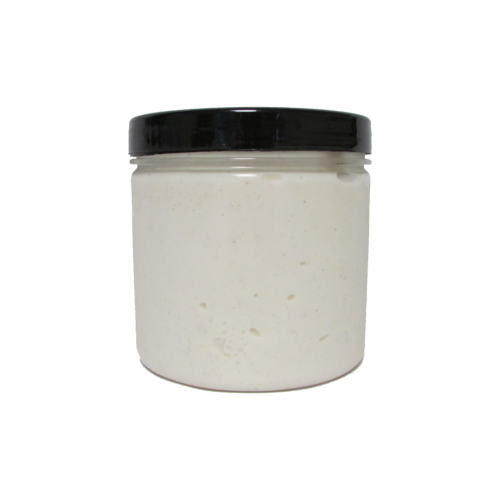
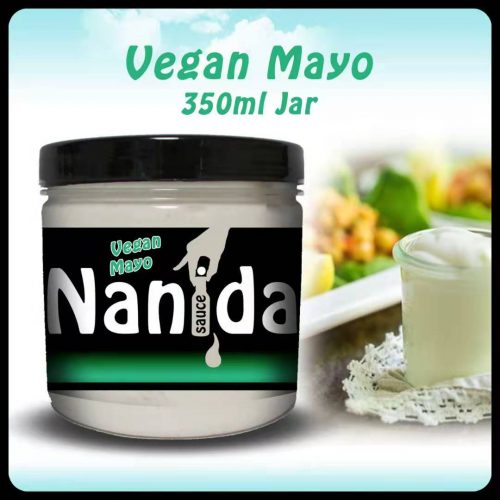 Vegenaise, shockingly, tastes better than mayo. As an added bonus, it has less saturated fat and cholesterol than the regular stuff. And while many meat substitutes have ingredient lists that read like a science experiment, Vegenaise actually has no additives or preservatives. Please ensure to refrigerate your delicious purchase the moment you receive it.
Vegenaise, shockingly, tastes better than mayo. As an added bonus, it has less saturated fat and cholesterol than the regular stuff. And while many meat substitutes have ingredient lists that read like a science experiment, Vegenaise actually has no additives or preservatives. Please ensure to refrigerate your delicious purchase the moment you receive it.

